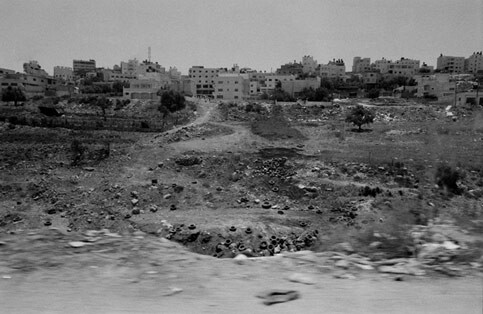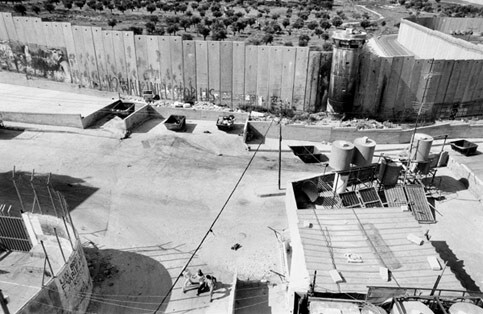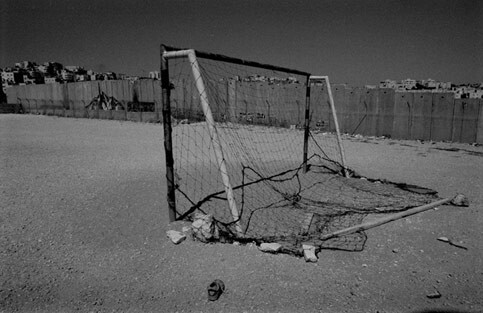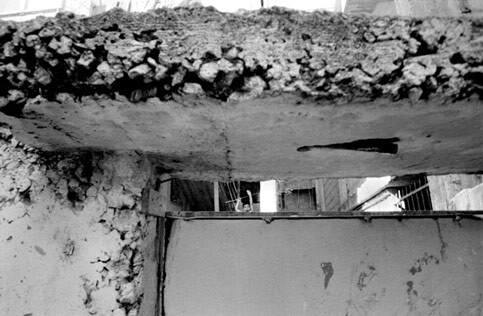The Electronic Intifada 18 July 2008
For most Americans, Palestine does not exist. Yet it is present enough to be seen as a faceless enemy. A dangerous and unwelcoming land, a breeding ground for fundamentalist Islam, teeming with angry anti-American Jihadists, Palestine is, in the American imagination, a ravaged landscape devoid of culture and joy. Growing up half-Palestinian in the United States, I have been fighting to disprove these assumptions my entire life. Whether trying to reassure my peers in childhood that my family is not composed of terrorists, or repeatedly having to explain the difference between Palestine and Pakistan, not a week has gone by in my life in which I have not had to clarify misconceptions about my heritage.
In many ways this project is a labor of love with regards to my personal struggle with my identity, as well as an homage to my family and community. These photographs stray from the traditional tract of imagery produced in present day photojournalism, mainly because they are lacking in overt political expression. I did not photograph the intifada or children throwing stones. On the contrary, I chose a more domestic and intimate approach towards Palestinians living under occupation so that the humanity of this population can be seen without the controversial politics obstructing the viewer’s opinion. I chose people over politics in the hope that the messages of social justice and equality will ring truer than those of ideology or bigotry.

Because of the Israeli military occupation of the West Bank, basic infrastructure has deteriorated. There are few functioning civil services, such as garbage disposal, recycling, street cleaning, not to mention basic land conservation. Garbage is a common site across the landscape.

Taken from a rooftop in Aida refugee camp in Bethlehem, this image shows not only the enormity of the apartheid wall itself, but also the strategic placement of it to separate farmers from their olive groves. Olives are the main source of income for a large part of the population, and to deny people access to their groves is essentially to deny them access to the economy.

The apartheid wall cutting through a school yard just outside of East Jerusalem.

A rooftop party in the Christian Quarter of the Old City of Jerusalem.

A boy waving hello in the Aida refugee camp.

Preparing henna for a wedding in Beit Sahour near Bethlehem in the West Bank. Before a wedding it is traditional to mix a large quantity of henna at a pre-wedding bridal party, with much dancing and singing.

Although only six miles away from Jerusalem, these Muslim West Bank residents, like all West Bank residents, are barred from entering Jerusalem, which contains the second holiest site in the Islamic world.
Umayyah Cable is a Palestinian-American freelance photographer and writer. Although born and raised in Massachusetts, she now calls San Francisco, California home. She is a graduate of Smith College. More about Umayyah at www.umayyahcable.com. This article originally appeared in the Caterwaul Quarterly and is republished with the author’s permission.